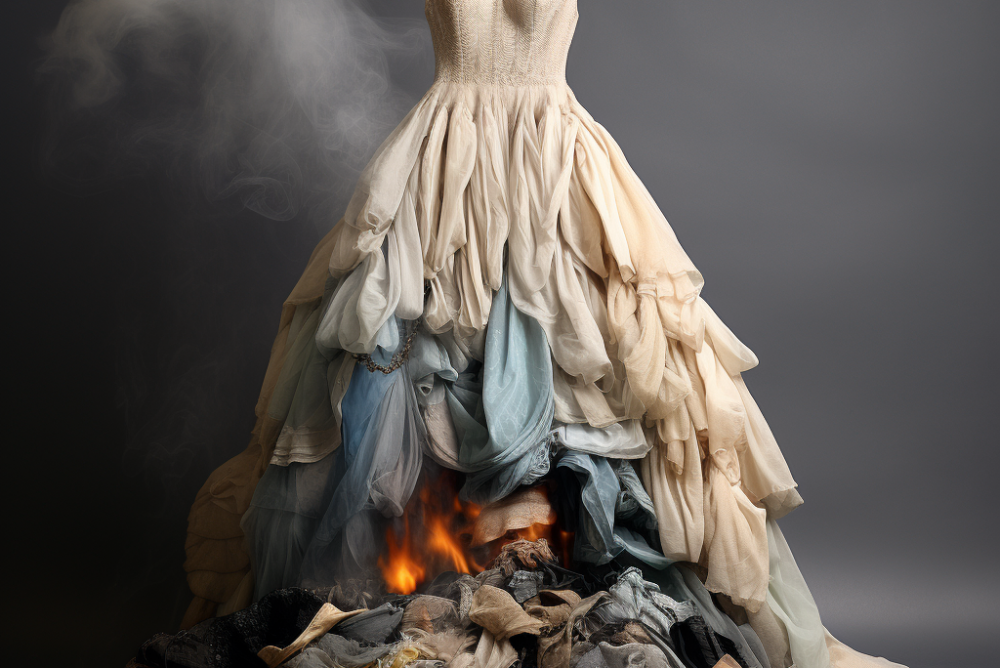From Waste to Wardrobe: The Bottle-to-Clothing Revolution


In recent years, the fashion industry has witnessed an upsurge in sustainable practices. As society becomes more environmentally conscious, many clothing brands are taking steps to produce eco-friendly garments. One notable trend is the conversion of plastic bottles into wearable apparel. This transformative process not only reduces plastic waste but also reshapes the way we perceive and consume fashion. Understanding how bottles are reincarnated into clothing not only enlightens consumers about sustainable choices but also demonstrates the incredible innovation behind these green initiatives.
The Need for Sustainable Clothing
The apparel industry, historically, has been one of the significant contributors to environmental degradation. From the massive amounts of water used in dyeing fabrics to the non-biodegradable waste produced, the ecological footprint is substantial. With nearly 8 million metric tons of plastic entering our oceans annually, a change was imperative. Transforming this waste into wearable clothing serves a dual purpose: reducing landfill and marine debris while providing an alternative to virgin textile materials. Consumers today, especially the younger generation, are more ecologically aware. They're not just looking for trendy pieces but also demanding transparency about where their clothes come from and how they're made. Thus, sustainable clothing, born out of necessity, has now become a market trend driven by consumer demand and environmental needs.
The Process: From Bottles to Fibers
1 Collection of Plastic Bottles
It all begins with collection. Organizations collaborate with local communities to gather used plastic bottles. These bottles, mainly PET (polyethylene terephthalate) ones, are the primary ingredient for the upcoming transformation. In 2019, for example, over 5.5 billion PET bottles were collected for recycling in Europe alone.
2 Cleaning and Shredding
Once collected, these bottles undergo a thorough cleaning process to remove labels, adhesives, and residual content. Clean bottles are then shredded into small plastic flakes.
3 Transforming into Polyester Fibers
These flakes are subjected to a melting process, which results in a viscous liquid. This liquid is then extruded to form thin threads. As these threads cool, they solidify into polyester fibers. Fun fact: it takes roughly 10 bottles to make enough polyester fiber for one T-shirt.
4 Weaving and Creating the Final Product
The resulting polyester fibers can then be woven or knitted, just like any other fabric. They can be blended with natural fibers like cotton or used on their own. The end product? A garment ready for the rack, with a story of transformation behind it.
Leading Brands in Recycled Clothing
As sustainability becomes the word of the hour, various brands, both established giants and emerging startups, have championed the cause of converting bottles into clothing.
Adidas, for instance, collaborated with Parley for the Oceans in 2015. They unveiled a shoe prototype made entirely from ocean plastics and gill nets. Since then, they've launched numerous products using recycled polyester.
Patagonia, a pioneer in sustainable outdoor clothing, has been using recycled polyester since the early 90s. Their commitment to eco-friendly practices has only intensified over the years, with a vast range of products now made from recycled materials, including plastic bottles.
Everlane, a modern, transparent brand, introduced its 'ReNew' collection in 2018. Every piece from this collection is made from recycled plastic, aligning with the brand's pledge to eliminate virgin plastic from its supply chain.
Environmental Impact and Benefits
By turning bottles into clothing, the fashion industry is making strides in several environmental avenues:
- Reduced Landfill Waste: Plastic bottles take hundreds of years to decompose. By recycling them into clothing, we're diverting significant amounts of waste from landfills.
- Lower Carbon Emissions: Producing recycled polyester is notably more energy-efficient than producing virgin polyester. According to some estimates, it results in 30-50% fewer carbon emissions.
- Conservation of Petroleum: Using recycled polyester reduces the need for virgin polyester, subsequently decreasing our reliance on petroleum, a non-renewable resource.
- Awareness & Education: Such practices in mainstream fashion bring awareness to the masses, educating consumers about sustainability, and pushing them towards eco-friendly buying decisions.
Challenges and Limitations
While the transformation of bottles into clothing heralds a greener future, the process isn't without its challenges:
- Quality Consistency: Achieving a consistent quality of recycled polyester can be challenging, especially when mixed with other recycled components.
- Chemical Usage: The process, though more eco-friendly, still relies on chemicals. Finding sustainable alternatives for these chemicals remains a challenge.
- End-of-Life Dilemma: While recycled polyester clothing is a step forward, it's essential to note that it still doesn't biodegrade quickly, posing questions on its end-of-life solutions.
Conclusion
The journey of a plastic bottle, from being discarded waste to becoming a wearable garment, encapsulates the innovation and drive of the modern clothing industry towards sustainability. In an era where environmental concerns are more pressing than ever, turning bottles into clothing signifies a meaningful step towards a sustainable future. This practice not only serves as a testament to technological advancements but also underscores the shift in consumer awareness and brand responsibility.
However, while this innovative solution addresses some environmental issues, it is not a panacea. Challenges persist, and there's an ever-growing need for further research, innovation, and commitment from both brands and consumers. As the fashion industry continues to evolve, it must prioritize strategies that are genuinely sustainable – not just in material sourcing, but across the entire lifecycle of a garment, from creation to disposal.
As consumers, the power lies in our hands (and wallets). By choosing brands that prioritize sustainable practices, asking questions about where our clothing comes from, and making informed choices, we can collectively drive the industry towards a greener future. After all, every shirt made from recycled bottles is a testament to the fact that sustainable fashion isn't just a trend – it's the future.





-500x500.jpg)
-500x500.jpg)
-500x500.jpg)
-500x500.jpg)
-500x500.jpg)